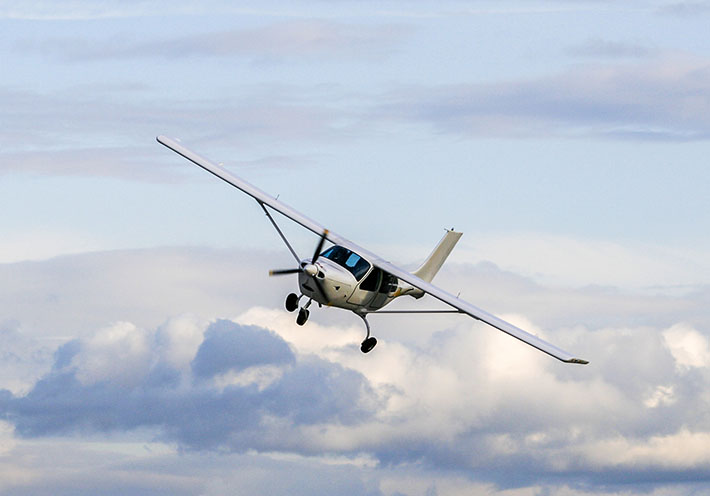
Aeroelasticity Requirements
ASTM International’s light sport aircraft committee (F37) has approved a new standard that addresses aeroelasticity requirements of light sport aircraft.
Aeroelasticity refers to the interaction of aerodynamic, inertial, and elastic forces that emerge during the relative movement of air and aircraft.
According to ASTM member Rian Johnson, the new specification (F3619) defines the standards that are required when considering flutter for a light sport aircraft with a maximum speed in level light with maximum continuous power greater than 120 KCAS (calibrated airspeed in knots).
“This standard enables light sport aircraft to be manufactured that have higher top speed and as a result are more efficient,” says Johnson, president, Van’s Aircraft. “This efficiency reduces the environmental impact of aircraft manufactured using the standard.”
The new standard will be helpful to aircraft manufacturers and civil aviation authorities seeking a standard means of compliance.
“We intend for this standard to grow with changing technology and aircraft types,” says Johnson.
ASTM welcomes participation in the development of its standards. JOIN ASTM.
To purchase standards, contact ASTM International customer relations (tel +1.877.909.ASTM; sales@astm.org).
U.N. Sustainable Development Goals Supported:

 SN Home
SN Home Archive
Archive Advertisers
Advertisers Masthead
Masthead RateCard
RateCard Subscribe
Subscribe Email Editor
Email Editor